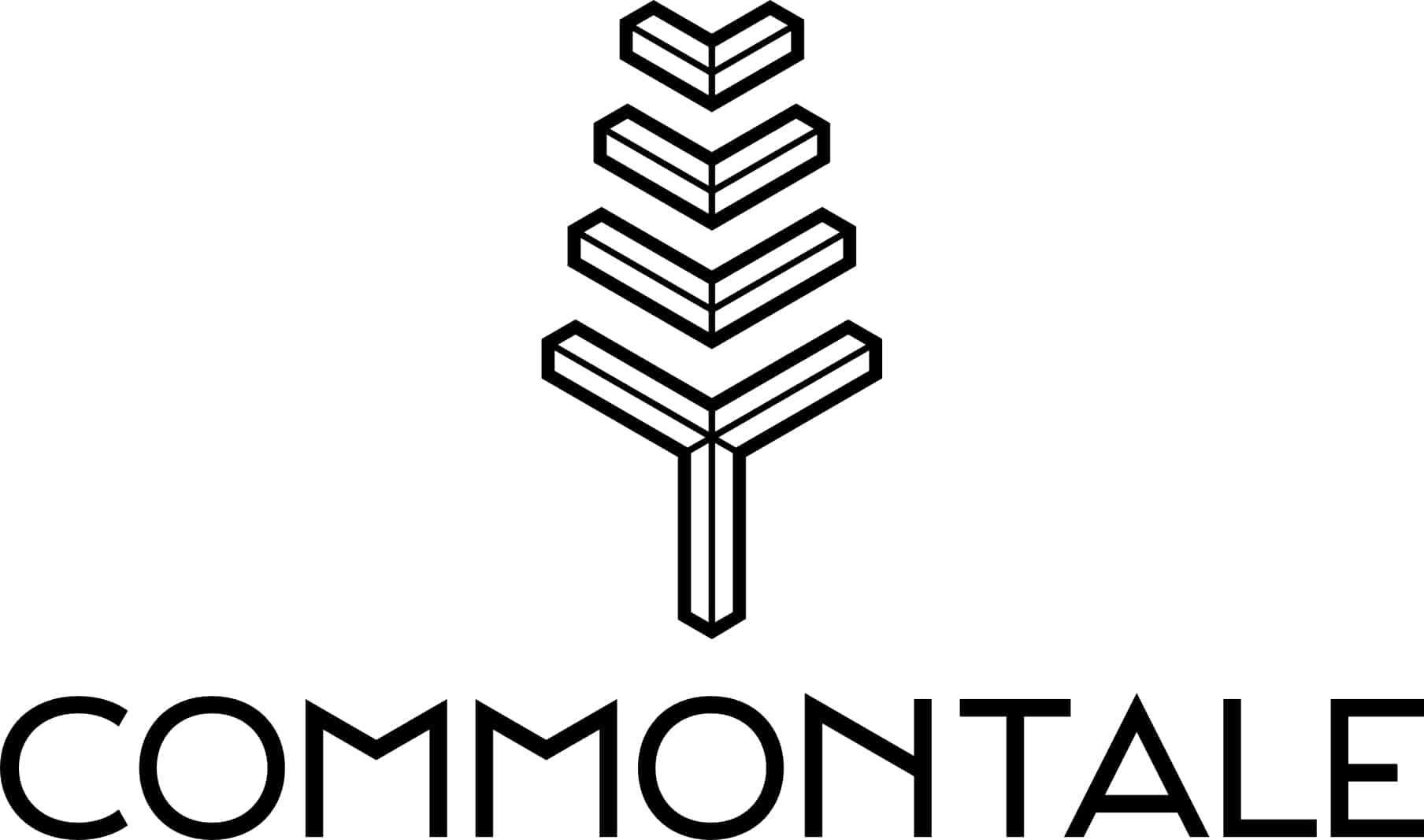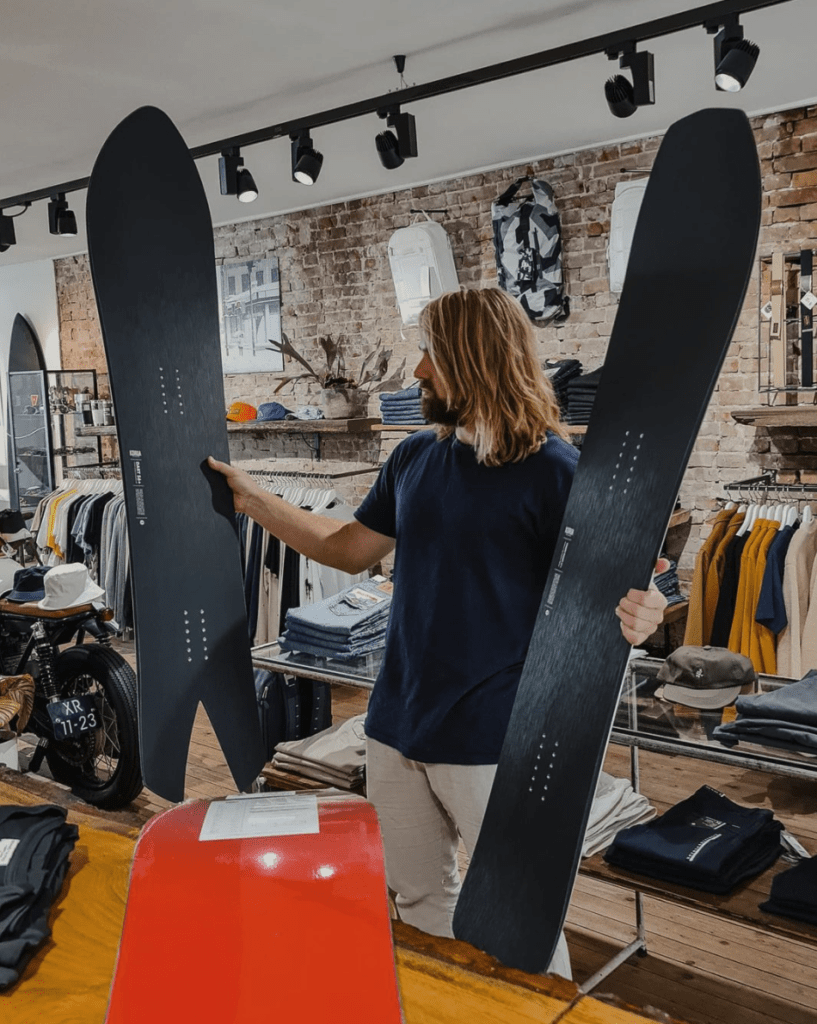So you are thinking about buying a new snowboard and checking out some online stores to see what is what and quickly realise there is a lot of choice with a lot of different prices, shapes, etc. How do you know what to buy?
The first and most important thing to focus on is choosing a snowboard that fits your riding style best. I hear you thinking: “but what if I am a beginner and don’t have a riding style yet ?” Well, being a beginner is also a riding style, it’s all about you and how you prefer to go down the mountain.
Behind The Pines’ take on choosing the right snowboard
These days snowboard companies like Capita, Libtech, Korua and many brands alike make snowboard shapes for specific types of snowboarders. No matter if you are a beginner, a pro, a piste specialist or a side-hit sensei, there is a perfect snowboard for you out there somewhere in the maze of brands, shapes, sizes and price categories.
Once you think on what your riding style and preferences are, you know what to look for. An easy option for finding the best snowboard is to look for experienced people that can guide and help you to find the best suiting snowboard. Behind The Pines in Amsterdam for example surely is one of those places. A brick and mortar snowboard buying guide. The experienced crew has a great collection of snowboards year round. If they’re not on a board themselves they are more than happy to point you in the right direction.
So what if you’re not stoked on getting help and want to find a snowboard yourself? Check out this quick snowboard buying guide that Matthijs Hol Horeman from Behind The Pines wrote. Find out how snowboard shapes work, what to look out for and how to find the best snowboard for you.
Camber Profile
Modern day snowboards are made in all kinds of different shapes, profiles and sizes. These all have a unique function and purpose on the mountain.

Camber is the most classic shape in snowboarding. The center of the board lifts from the snow and the transition of the nose and tail edges are always in contact with the slope. Camber snowboards come in all shapes and sizes and have a very specific riding style. Often aggressive and with a lot of power. These boards generally suit the more advanced snowboarder who is looking for precision and power in a snowboard. Whether on the slopes, in the park or in powder.
Because camber boards are always in contact with the snow along the entire length of the edges they have a lot of grip. The tricky part is that this makes the board behaviour more aggressive. You can “catch an edge” more easily when you’re out of balance so it takes more effort and confidence to tame the board. This is why high demanding snowboarders often choose a “camber” style snowboard. If you’re someone that pushes the boundaries everytime you’re on the mountain a cambered snowboard could be the right choice.
Rocker Profile
Rocker is the opposite of a camber profile in a snowboard. Rockered boards are easy-to-ride and playful boards that are a common choice for the novice snowboarder. The rocker shape has lifted nose and tail edges. The board is curved like a banana which makes it a lot easier to make a turn and to control your speed.

Snowboards that have a completely rockered profile like the image above are mainly more entry-level models. This profile is super forgiving and therefore perfect for learning and turning at lower speed. The shape is also often preferred by snowboarders that mainly go for the boxes and rails in a funpark. The disadvantage of a rocker board is that it has less control over steep / icy slopes and often lacks performance at higher speeds.
Hybrid Camber Profile
Hybrid camber shapes have been very popular during recent years. This profile is used by many brands for all types of snowboards in their range. It’s a variation on the classic camber shape that incorporates some rocker in the nose and tail. Instead of the camber bend running all the way from nose to tail, it runs from binding to binding. Towards the nose and tail of the board the rocker comes into play.

Variation in the running length of both the rocker and camber is possible and this is where brands can play with the dynamics and feeling of the board. More rocker and less camber area is easier and more playful. When the camber curve runs longer and there’s less rocker at the tips, the board becomes more aggressive and precise in turns.
In general, a hybrid camber shape is more versatile compared with a full camber snowboard. It’s easier and more relaxed due to the little rocker at the nose and tail, yet the camber between your bindings gives you more power and control. An ideal combination of camber and rocker is a solution for many all-mountain snowboarders.
S-Rocker Profile
S-Rocker is a shape that’s becoming increasingly popular. Whereas all previous shapes are usually used in twin or almost twin boards (snowboards that are symmetrical or almost symmetrical), S-Rocker is a shape specifically for a directional board that has a distinct nose and tail. More on the difference in shapes further below in this snowboard buying guide.
“Not useful” I hear you thinking but ask yourself: how often do you ride switch? It’s not that it’s not possible with this type of snowboards but they are designed with directional riding in mind. You can usually find S-Rocker profile in snowboards that are especially designed for carving turns and backcountry riding, which is the preferred riding style for most people nowadays.

This combination is perfect for all-mountain snowboarders. Snowboarders who no longer dive into the fun park all day but mainly make trips on the piste and want to dive into the powder when a fresh load has fallen. Just like with hybrid camber there are many variations in S-Rocker boards too. They sometimes have a rocker or a mild camber at the nose and more enhanced camber from the tail to the middle of your board. Or an aggressive camber that runs from the tail towards the front binding which gradients into a complete rockered nose.
The benefits of S-Rocker are simple and efficient; lots of grip on the slopes, easy riding style and tons of float in the powder. A solution for people who can be found mainly on the slopes and beyond.
Text and photos / Matthijs Hol Horeman – Behind The Pines
Website / www.behindthepines.eu/en/
Instagram / www.instagram.com/behindthepines_amsterdam/




